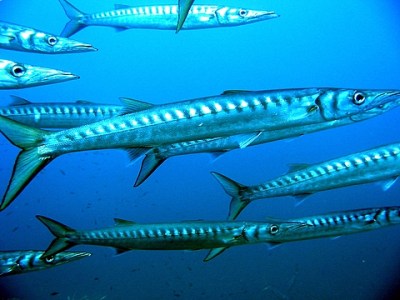
Photo courtesy of http://www.oceana.org
My dives during the CCC expedition led me to surprising encounters with marine critters, especially that their field base is nestled within Sogod Bay which is just one of the richest marine environment in the Philippines. We were having our second survey dive of the day doing outward for the fish survey, it was in pretty normal conditions, no current and animals were contentedly calm. I was scouring my side for the target species and unexpectedly this large shell came into view, I tried to come near but getting conscious that invertebrates was not our aim for the descent, time is always precious during survey dives! But the sighting was too rare to ignore, I tried to get Manon’s (our Project Scientist) attention – she was too absorbed as she was leading our mission. I pointed it out and she was surprised too! The intricate pattern of the its shell was just beautiful. We both came nearer and she signaled to record the sighting. That was my first encounter of a giant Triton in its habitat surrounded with other animals and I was wondering of its contribution to the marine ecosystem.
Here are are few facts I found at www.oceana.org about the specie:
- This invertebrate is an active predator and is known to aggressively chase its prey, which it detects through its excellent sense of smell.
- The giant Triton is known for relatively high speeds, especially for a snail.
- They feed on other snails and sea stars, most notably the crown of thorns starfish (COTS), Triton is the only natural predators of this destructive starfish.
- The specie was considered extremely important to reef health and is given legal protection particularly in Australia.
- The giant Triton reproduces through internal fertilization, and the female lays her sticky eggs on the sand, where they quickly become covered with sand and other material, protecting them from potential predators.
Unfortunately, because of its valuable and attractive shell it is collected at many places around the world, they are often sold in shops or markets in popular tourism destinations in the tropics such here in Philippines. Gladly, that night during dinner as we were discussing the day’s activities, the giant Triton was nominated as critter of the day and was voted by majority!
NB. The giant Triton was sighted in Nueva Estrella Norte, a fishing community in Pintuyan, Southern Leyte where a marine protected area (MPA) was just established.





You must be logged in to post a comment.